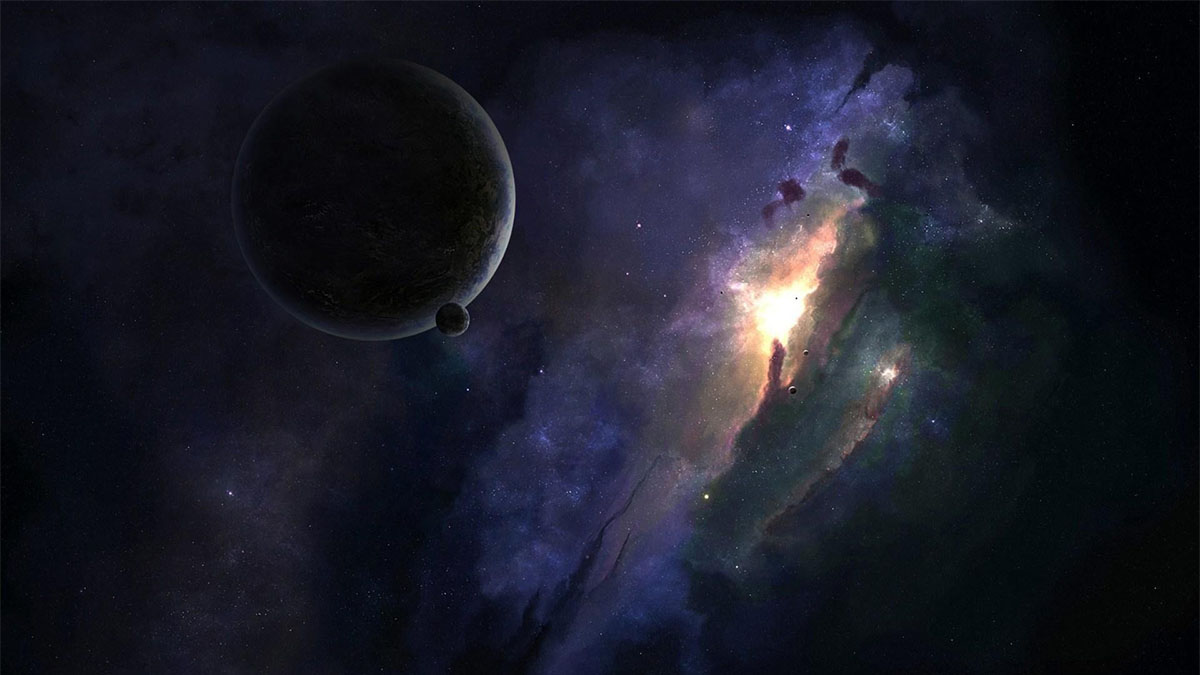why planet nine may not actually exist

What lies beyond Neptune, in the cold outer reaches of our solar system? Is it a super-Earth? A brown dwarf? A weird, planet-like rubble pile? A primordial black hole? Whatever it is, there’s bound to be something there since the orbits of enough Kuiper Belt objects, or KBOs, are oddly elongated as if something pushed them around, and locked in a single quadrant as if they were kept there by a large gravitational well shoving them aside. But according to a new study, that may not be true, these KBOs aren’t nearly as unique as we think, and instead of trying to find the source of a gravity well, we need to expand our observations.
Unlike stars, KBOs don’t emit light, and unlike planets, they’re tiny, so they’re rather difficult to find. Light has to bounce off them just so, and we’re still perfecting the tools to accurately map them, discovering important things about our solar system in the process. Weather, location, and observational seasons also affect where in the sky we have the best chance of discovering KBOs, and the reason we don’t see other strange clumps of them in eccentric orbits has more to do with how we search for them than what’s really out there. But to confirm this hypothesis, one would need to do a massive survey of the Kuiper Belt and collect a lot more data.
Enter the Outer Solar System Origins Survey which did exactly that. When plotting their data alongside the cluster of orbits thought to point to the existence of Planet Nine and adjusting it for our biases in observation, the cluster suddenly vanished. A different study being conducted at the same time, the Dark Energy Survey, seems to confirm these results, and hint that any mysterious eccentric orbits can now be explained by the migration of Neptune from its original birthplace in the solar system. If we consider that something pretty similar happened to Jupiter and the asteroid belt, this idea seems entirely plausible. Incidentally, it also undermines a case for Planet Nine.
In fact, all but two of the KBOs don’t even need for Neptune to have shifted to explain their orbits. This means that not only does there not seem to be a gravitational well disrupting small, icy bodies in the outer reaches of the solar system, but for Planet Nine to exist within a range of 44.9 billion to 104.7 billon kilometers from the Sun as predicted, the orbits of the KBOs would have to be very different. If more surveys of the Kuiper Belt come to similar conclusions, we’d probably need to pack in the search for another major planet in our solar system, but we will finally solve the mystery that’s been bugging astronomers for nearly two centuries.
See: Shankman, C., et al., (2017) OSSOS. VI. Striking Biases in the Detection of Large Semimajor Axis Trans-Neptunian Objects, The Astronomical Journal, Vol. 154, No. 2, DOI: 10.3847/1538-3881/aa7aed
Kaib, N., et al., OSSOS. XV. (2019) Probing the Distant Solar System with Observed Scattering TNOs, The Astronomical Journal, Vol. 158, No. 1, DOI: 10.3847/1538-3881/ab2383





